There are four different categories of battle beetles: Explore, Oasis, Event, and Enclave.
Each part of the site provides its own beetle species of differing rarity and colour, which can be found under the headers below.
Explore Species
There are currently 29 species of beetles that can be found randomly in any Explore zone.
Common
Augosoma centaurus
It is speculated that this species' Latin name originated from the Greek mythological creature known as the "centaur". Initially, they were thought to belong to the Dynastes family (found in tropical America) due to their similarity in appearance; however, recent studies revealed that these beetles are unrelated to this particular family. This species is native and endemic to tropical Western Africa, so its distribution is limited.
These beetles can grow from 40 to 90 millimetres long, with males usually being larger than females. The head and pronotum extensions are found only on males, as they are using them to fight over females. In real life, their colours usually range from brown to black.
The biology of this species is not well described. Recent studies suggest that these insects are most active during November, especially during the evenings. Larvae feed on decaying wood and leaves, sometimes nibbling on underground parts of plants.
Augosoma centaurus beetles can be quite a menace to local farmers as they can damage crops. Their habitat consists of secondary forests, marshes, and damp areas, especially rotting stumps of raffia palms. Sometimes, their larvae can be found buried in coconut stumps.
Common Colours







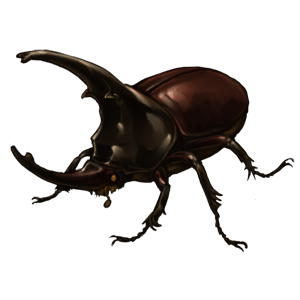

Uncommon Colours






Rare Colours

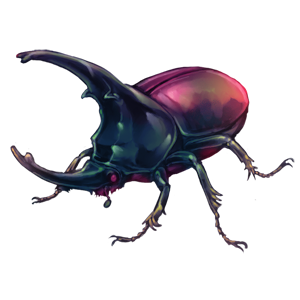




Bolbaffer princeps
Bolbaffer princeps is a species of beetle belonging to the Bolboceratidae family, which can be found in Southern Africa. They were originally misplaced in the Geotrupidae family due to similarities in their appearance and lifestyle. Their name is speculated to be derived from the Latin words "bolb" and "afer", meaning "bulbous shape" and "African", respectively.
This species is sexually dimorphic. Males have sharp, toothy pronotal bumps, which are less pronounced in females. The mandibles of males are slightly larger than those of females. Body length is approximately 20 millimetres long for both sexes. Their bodies sport a light brown or dark brown hue; sometimes, the first pair of wings can be lighter than the rest of the body. This species is quite variable, as their colour and pronotal structures vary between individuals.
Not much is known about the biology and distribution of this species. According to studies, these beetles spend the majority of their lives buried in underground tunnels, only emerging to the surface when humidity levels are increasing or directly after rainfall. Like many beetles, they are creatures of the night, choosing to stay away from direct light sources, yet they do enjoy staying around places with dimmer light.
Common Colours
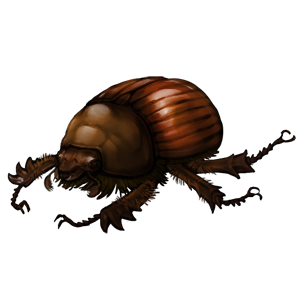








Uncommon Colour

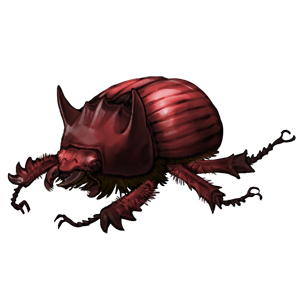

Rare Colours





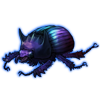



Copris dracunculus
Copris dracunculus is a species of dung beetle that belongs to the family Scarabeidae. The genus Copris consists of over 250 species distributed worldwide.
Males from this genus sport an impressive rhino-like horn extension on their heads and a few smaller bumps on their pronotum. The frontal part of their heads resembles a flat plate. The body of a Copris beetle has a pore-like texture, while elytra are smooth with ribbing.
These insects spend most of their time buried in underground tunnels. They are known to collect nutritious dung and then roll it to a secluded place where it can be buried. The females lay eggs inside the dung so that their larvae can feed right after hatching.
Recent studies prove that these beetles, as well as other insects, can use their sight to refer to the position of the Milky Way to ensure they are not moving in circles whilst rolling dung, thanks to their inborn ability to see polarized light patterns that are generated by celestial bodies.
Oh, and they can fly, too. You wouldn't think they would walk on the ground while looking for a nice piece of dung, would you?
Common Colours









Uncommon Colours
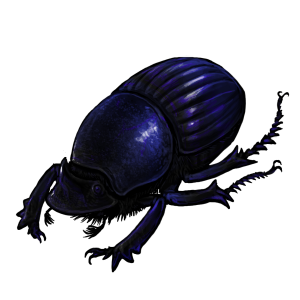








Rare Colours

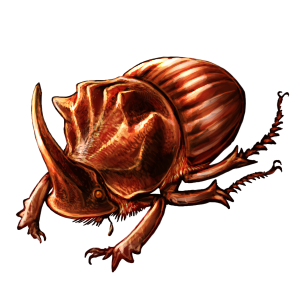


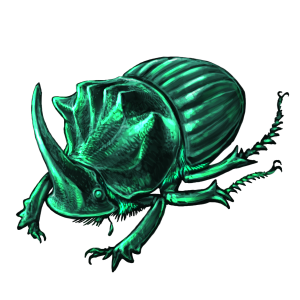




Habrodera nilotica
Tiger beetles sport a strong predatory behaviour and incredible running speeds up to 2.5 m/h.
They have yellow-orange colours, along with a green pattern on their wing covers. They are distinguished by big, bulging red-orange eyes and elongated, curved mandibles. Their bodies and legs are covered in hairy structures.
Despite their small size, which can reach from 9 to 11 millimetres in length, these fellas are a force to be reckoned with in the insect world. They hunt during both day and night, and their larvae are easily considered badasses: they are aggressive, hiding in their burrows, waiting for their prey to approach before striking in a matter of milliseconds, pulling the prey down their shaft and trapping them. They are armed with large mandibles and a set of hooks on their bodies to help them settle in their burrows.
This species can be found in freshwater habitats, such as on the sandy or stony banks of rivers and lakes, and especially on yellow sand. Their distribution reaches the Canary Islands, North Africa (Senegal to Somalia and Egypt to South Africa), Madagascar, and the southern Arabian Peninsula. They frequently occur alongside Calomera fimbriata tiger beetles.
Common Colours





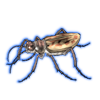



Uncommon Colours

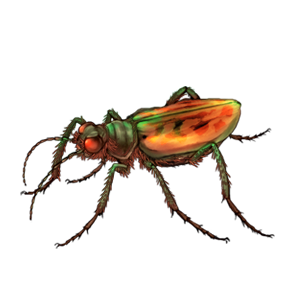







Rare Colours

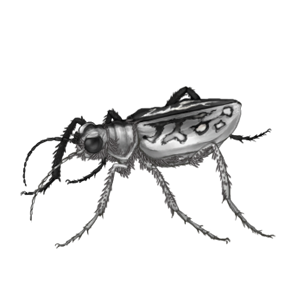







Homoderus gladiator
The gladiator stag beetle (Homoderus gladiator) is a member of the stag beetle family (Lucanidae).
Their size ranges from 32 to 55 millimetres in length. Their colouration typically includes orange tones with hints of red and dark brown. There is a strong sexual dimorphism within the species; males possess an extraordinarily shaped thorax that hangs over their head to create a hood, along with strong and large mandibles that have a striking resemblance to deer antlers. These mandibles are used for fighting other males for territory and females.
These beetles are popular as pets. Thanks to their impressive looks, they are also often put on display. They originate from Cameroon, Africa, but are now kept in captivity all over the world. Many locals from Cameroon capture these beetles to sell them due to their popularity.
The gladiator stag beetle lives from 6 to 16 months. Their preferred temperatures are between 20 and 25 degrees Celsius. Larvae of this species feed on decaying wood, while adults feed on fruits.
Common Colours








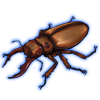



Uncommon Colours





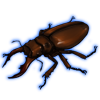






Rare Colours

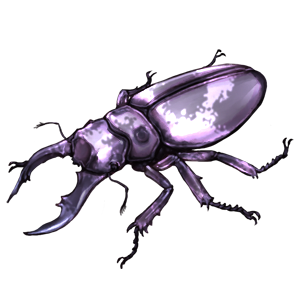







Lycoreus corpulentus
Common Colours


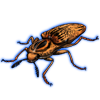









Uncommon Colours












Rare Colours

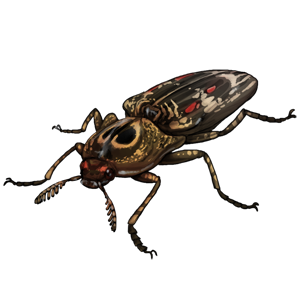







Pachnoda fissipunctum
Common Colours






Uncommon Colours






Rare Colour



Prosopocera lactator
Common Colours






Uncommon Colours





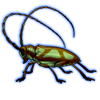



Rare Colour



Stephanorrhina guttata
Common Colours









Uncommon Colour



Rare Colour

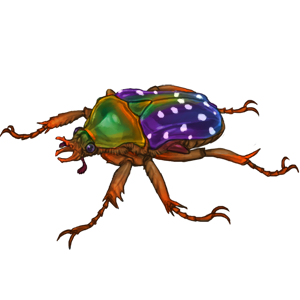

Uncommon
Chelorrhina kraatzi
Common Colours









Uncommon Colours






Rare Colours





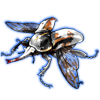
Colophon primosi
The Colophon genus is classified under the Lucanidae family and consists of over seventeen described species of beetles, all of which are endemic to South Africa. The name of the genus is derived from the Greek word "kolophon", which translates into "summit" or "peak", excellently describing their habitat.
Males are bigger than females and have large mandibles which they use for combat in rivalry for females by flipping their opponents onto their backs. On the other hand, females are smaller (up to 22 mm long) and have tiny mandibles.
The larvae diet consists of roots of the Restioniaceae plant family. Adult beetles are incapable of flight, which makes them vulnerable to frequent fires and climate change in their natural habitat. They inhabit high-altitude mountainous areas of the Cape Floristic Region, also known as Fynbos. This habitat is situated from 1000 to 2000 meters above sea level and is a gigantic biodiversity hotspot due to its peculiar environment.
These beetles are critically endangered and thus were listed in CITES under Appendix II, being banned from all profit involving this species to prevent them from being snooped by collectors. Unfortunately, this further increased their price on the black market.
Common Colours





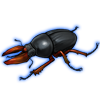



Uncommon Colours






Rare Colours






Dynastes hercules
Common Colours









Uncommon Colour



Rare Colour
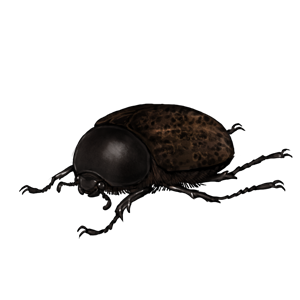


Heliocopris hunteri
Common Colours









Uncommon Colour



Rare Colour


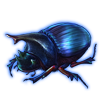
Homoderus mellyi
Common Colours









Uncommon Colour



Rare Colour


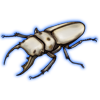
Lycus trabeatus
Common Colours






Uncommon Colours
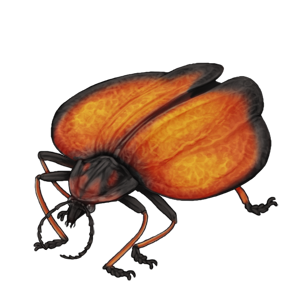





Rare Colours






Onthophagus nigriventris
Common Colours






Uncommon Colours






Rare Colour


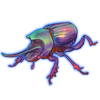
Polyphylla fullo
Common Colours





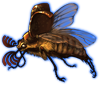
Uncommon Colours






Rare Colour



Prosopocoilus savagei
Common Colours









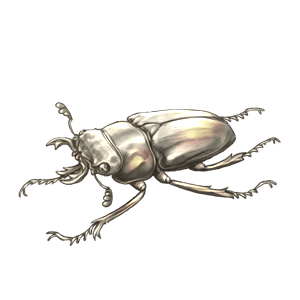


Uncommon Colours












Rare Colours









Rhopalizus nitens
Common Colours






Uncommon Colours






Rare Colour



Smaragdesthes africana
Common Colours






Uncommon Colours






Rare Colours


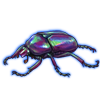



Trachelophorus giraffa
Common Colours









Uncommon Colour



Rare Colour

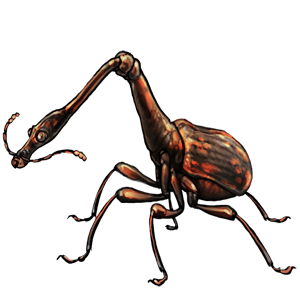

Rare
Calidea dregii
Common Colours






Uncommon Colours
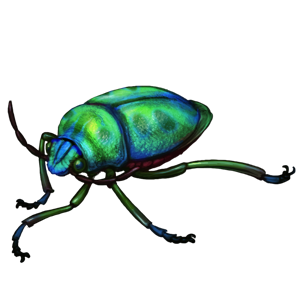








Rare Colours


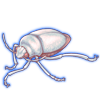
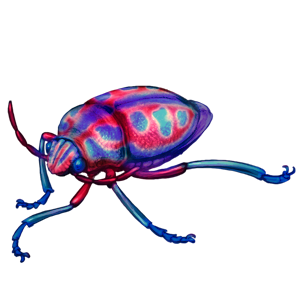




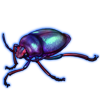
Cerambyx cerdo
Common Colours








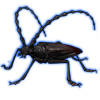
Uncommon Colours


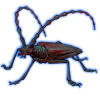



Rare Colours






Goliathus goliatus
These adorable giants belong to the scarab beetle family and consist of six tropical species as well as a multitude of described subspecies and colouristic variants. They are favoured by collectors and pet beetle lovers, and also bring a little "wow" to animal exhibitions.
Goliathus goliatus beetles are one of the biggest scarab beetles on Earth. Males are known to grow up to 12 cm long, while females can grow up to 10 cm. Despite their size, they are capable of flight, although it is not a pleasant experience for human ears. Males possess a Y-shaped horn-like structure on their heads. The pronotum of this species is usually black with white vertical stripes, while the forewings can be white or dark.
They feed on tree liquids such as sap, but also have a sweet tooth for ripe fruit (especially marula trees). Their offspring can be two times heavier than their parents and take up to 8 months to fully develop into a pupa. Later, metamorphosis occurs after around 10 weeks.
Their habitat consists of equatorial forests and sub-equatorial savannahs. Their area of distribution covers Middle Africa.
Common Colours









Uncommon Colours






Rare Colour


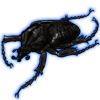
Mesotopus regius
Common Colours
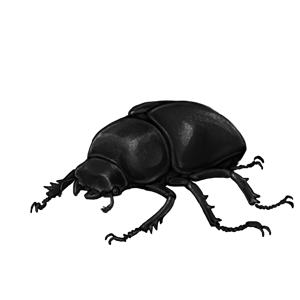





Uncommon Colours






Rare Colours

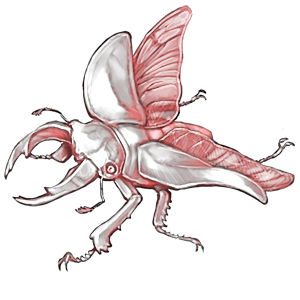

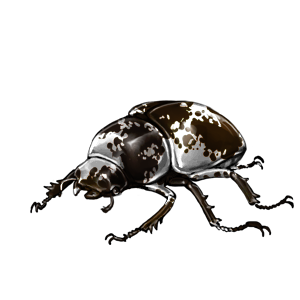


Metopodontus mirabilis
Common Colours






Uncommon Colours






Rare Colour


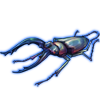
Petrognatha gigas
Common Colours






Uncommon Colours






Rare Colour



Proagoderus rangifer
Common Colours






Uncommon Colours


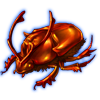


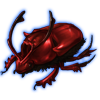
Rare Colours

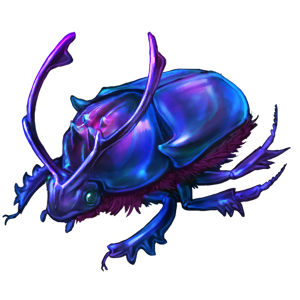




Sternotomis strandi
Common Colours









Uncommon Colours





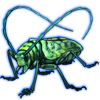
Rare Colour



Oasis Species
There are currently 12 species of beetles that can be purchased from the Oasis.
Common
Acrocinus longimanus
Common Colours
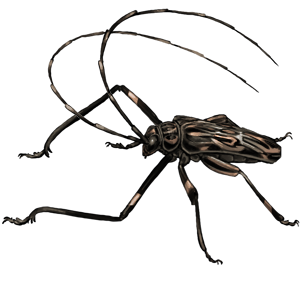

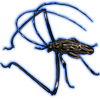









Uncommon Colours






Rare Colours
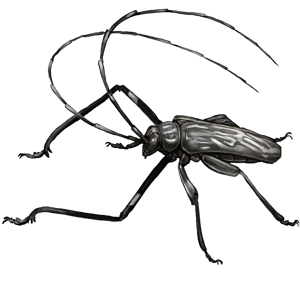

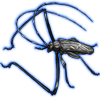



Chiasognathus grantii
Common Colours





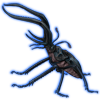
Uncommon Colours

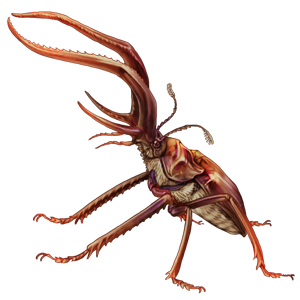







Rare Colours








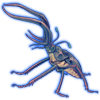
Cyclommatus metallifer
Common Colours






Uncommon Colours






Rare Colours






Platerodrilus
Common Colours






Uncommon Colours

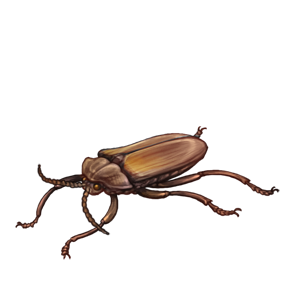




Rare Colour
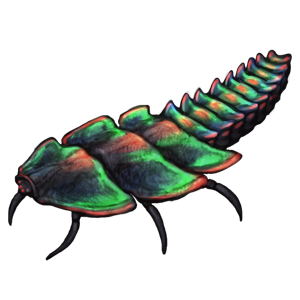


Rhaetulus crenatus
Common Colours









Uncommon Colour



Rare Colour


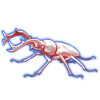
Rhipicera femorata
Common Colours








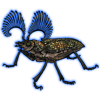
Uncommon Colours






Rare Colour



Sagra buqueti
Common Colours








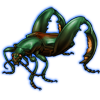
Uncommon Colours






Rare Colour


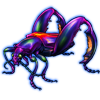
Scarabaeus argentus
Common Colour
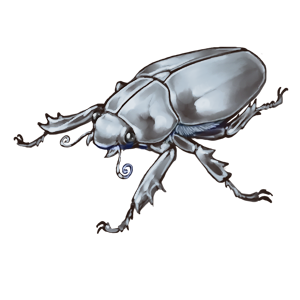

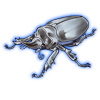
Uncommon Colour
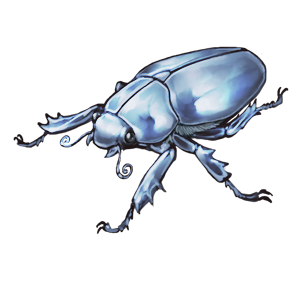


Rare Colour
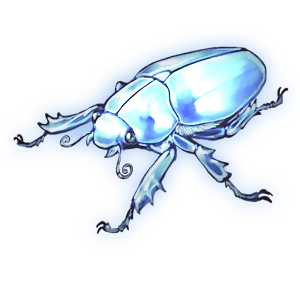


Scarabaeus aureus
Common Colour

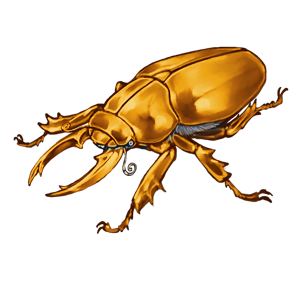

Uncommon Colour

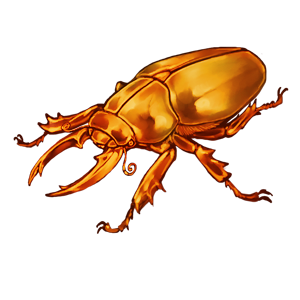
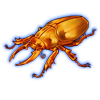
Rare Colour



Stolas imperialis
Common Colours









Uncommon Colour



Rare Colour



Uncommon
Macrodontia cervicornis
Common Colours






Uncommon Colours






Rare Colours






Megasoma elephas
Common Colours


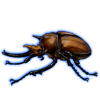



Uncommon Colours






Rare Colour



Event Species
There are currently 31 species of beetles that can be purchased from certain monthly event shops or acquired via some event activities.
Common
Luciola lusitanica
Common Colours






Uncommon Colours





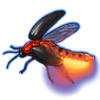
Rare Colour



Uncommon
Beetle Nemesis: Acanthacris ruficornis
Common Colours


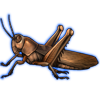



Uncommon Colours






Rare Colours






Beetle Nemesis: Adetomyrma venatrix
Common Colours






Uncommon Colours


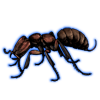


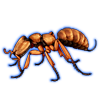
Rare Colours












Beetle Nemesis: Anoplocnemis curvipes
Common Colours


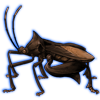



Uncommon Colours









Rare Colours






Beetle Nemesis: Basicryptus costalis
Some prefer to call them "shield bugs" instead, as their morphology resembles a shield. These hemipterans sport piercing-sucking mouthparts and feed on flora or other animals of a similar or smaller size, depending on the species.
Currently, this species is being reevaluated by various studies to properly distinguish separate species from the cluster of similar species previously described as the Basicryptus costalis (or synonymously, Edessa costalis) species.
Common Colours









Uncommon Colours






Rare Colours



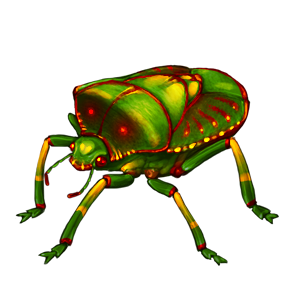





Beetle Nemesis: Deilephila porcellus
Common Colours









Uncommon Colours







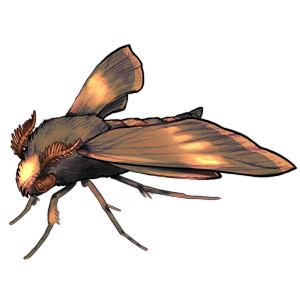

Rare Colours






Beetle Nemesis: Delta dimidiatipenne
Common Colours









Uncommon Colours






Rare Colour



Beetle Nemesis: Dyticopycna semiclara
Common Colours









Uncommon Colours

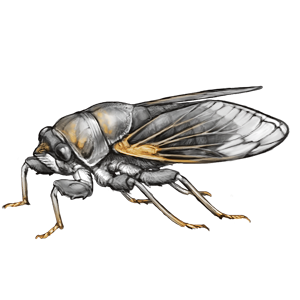




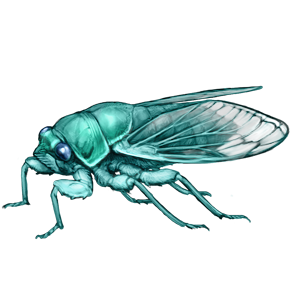


Rare Colours









Beetle Nemesis: Galeodes arabs
Common Colours









Uncommon Colours




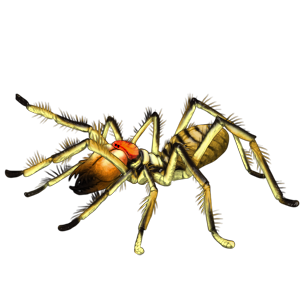

Rare Colour









Beetle Nemesis: Idolomantis diabolica
Common Colours









Uncommon Colours









Rare Colours









Beetle Nemesis: Locusta migratoria
Common Colours






Uncommon Colours






Rare Colours


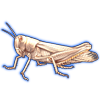



Beetle Nemesis: Oedipoda caerulescens
Common Colours









Uncommon Colours









Rare Colours








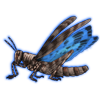
Beetle Nemesis: Parabuthus transvaalicus
Common Colours






Uncommon Colours






Rare Colours






Beetle Nemesis: Pelinobius muticus
Common Colours









Uncommon Colours









Rare Colours






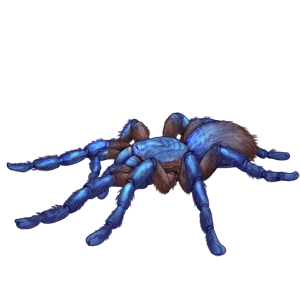


Beetle Nemesis: Platymeris laevicollis
This spooky fellow is also known as the red-eyed assassin bug. It hails from central Africa, where it can be found inhabiting grasslands, scrublands and forest areas. This insect is a Hemipteran (true bug) from the family Reduviidae.
Bodies of these predators can reach about 4 centimetres in length. Red rings on their legs and two red spots on their wings adorn their black bodies. They also have big, crimson-red compound eyes, as well as a smaller pair of simple eyes between them, that help them sense light intensity changes. The body part between the top part of their wings, called "scutellum", has three spikes that lean inwards, giving it an extra spiky appearance.
These insects are excellent predators. To hunt down other insects, they pierce their bodies with a sharp beak, then dissolve the prey's insides with their saliva, digesting their tissues into a fluid. The fluid is sucked by the bug afterwards, leaving only an empty exoskeleton.
Insects from this genus are sometimes kept as pets due to their impressive appearance. Moreover, farmers use them to control pest populations on coconut plantations. It is best not to touch these guys as they can serve very painful bites.
Common Colours









Uncommon Colours


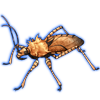






Rare Colours









Beetle Nemesis: Trilobite
Common Colours









Uncommon Colours









Rare Colours









Beetle Nemesis: Tubuca urvillei
Common Colours









Uncommon Colours









Rare Colours









Beetle Nemesis: Vespa orientalis
Common Colours






Uncommon Colours






Rare Colour



Dragon Fly
Common Colours







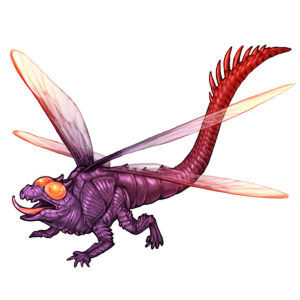

Uncommon Colours

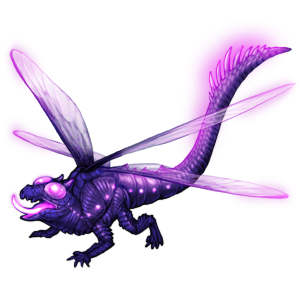




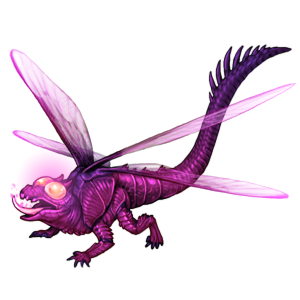


Rare Colours









Eudicella gralli
Common Colours






Uncommon Colours






Rare Colours






Eupatorus birmanicus
Common Colours






Uncommon Colours






Rare Colours





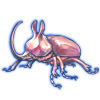
Harmonia axyridis
Common Colours


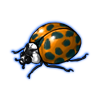



Uncommon Colours



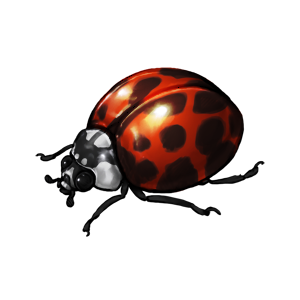


Rare Colours

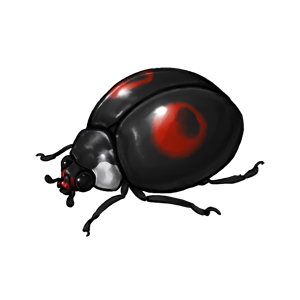




Homunculus
Common Colours









Uncommon Colours




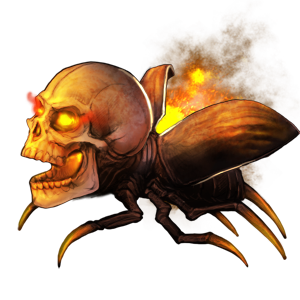




Rare Colours





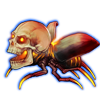



Manticora scabra
Common Colours






Uncommon Colours






Rare Colours






Oryctes nasicornis
Common Colours






Uncommon Colours






Rare Colour



Sparmannia flava
Common Colours

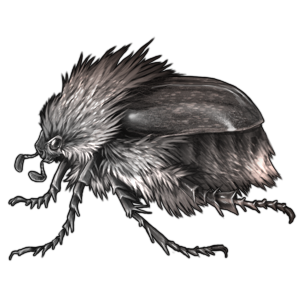

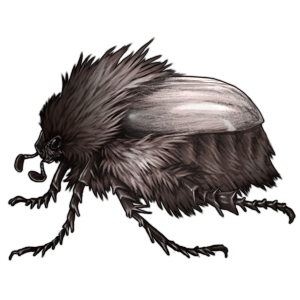





Uncommon Colour



Rare Colours






Stenocara gracilipes
Common Colours






Uncommon Colours
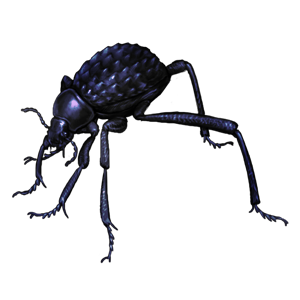

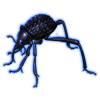



Rare Colours






Rare
Elliptorhina chopardi
Common Colours





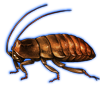
Uncommon Colours






Rare Colours









Empusa fasciata
This species sports a unique look, thanks to their vivid colours and the characteristic horn-like structures found on their head. On the bottom side of the abdomen, these mantids have developed uniquely shaped chitin outgrowths that, along with their body colours and perfect stillness, allow them to blend in with flowers. Nymphs are usually pink to blend in with Fumaria flowers.
Unlike many other mantid species, these insects are not known to have a tendency for cannibalism. In fact, males die shortly after copulation, while females die right after laying eggs on vegetation. To avoid potential cannibalism, males are active during both day and night, while females hunt mostly during the daytime. Males can even evade bats during night flights by detecting the ultrasounds that bats utilise for echolocation.
Empusa fasciata can be considered an exceptional predator, ambushing flying insects that visit nearby flowers, such as bees and flies. Their reflex is faster than the blink of an eye, and once their prey has been grasped, their chances of escaping are very low.
This species inhabits xerothermic grasslands and is distributed from western parts of Asia to the very coasts of Italy and the Balkans.
Common Colours






Uncommon Colours






Rare Colour



Euborellia annulipes
Common Colours









Uncommon Colours






Rare Colours






Jewel Beetle
Common Colours


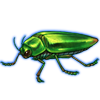

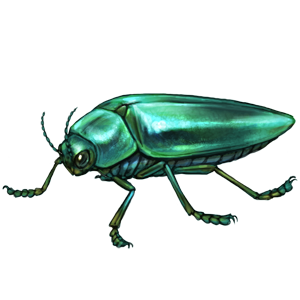
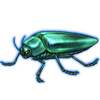
Uncommon Colours






Rare Colours






Lamprima aurata
Common Colours











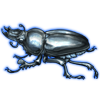
Uncommon Colours





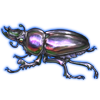



Rare Colours









Man-of-War
Common Colours



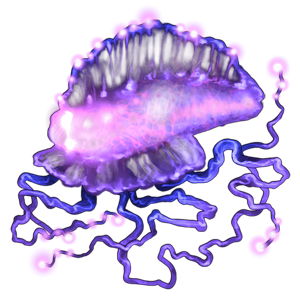





Uncommon Colours








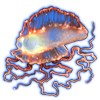
Rare Colours









Enclave Species
There are currently 5 species of beetles that can be purchased from the Gorilla Enclave.
Uncommon
Beetle Nemesis: Bactrododema krugeri
Common Colours









Uncommon Colours









Rare Colours









Rare
Beetle Nemesis: Gasteracantha versicolor
Common Colours






Uncommon Colours





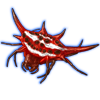
Rare Colours






Beetle Nemesis: Gryllotalpa africana
Common Colours





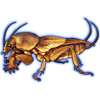
Uncommon Colours






Rare Colours






Beetle Nemesis: Scorpio maurus
Common Colours






Uncommon Colours






Rare Colour



Beetle Nemesis: Sphodromantis viridis
Common Colours





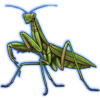



Uncommon Colours


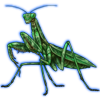



Rare Colour



